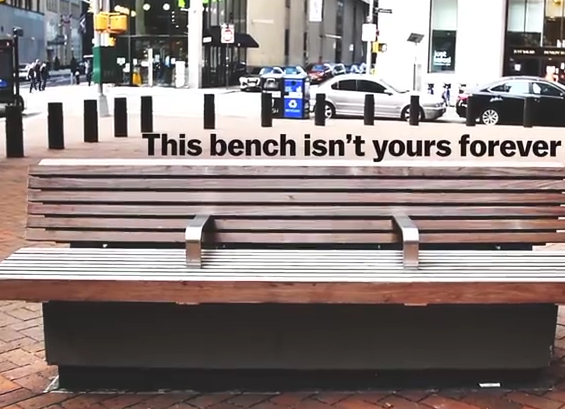原味人文風情:Why are cities full of uncomfortable benches?
Defensive design is about moderating behavior. The goal is to limit the ways an object can be misused. These benches have armrests because that will prevent anyone from laying down. Their short back is another nod to say "This bench isn't yours forever." This trend is worldwide, and it's not just in the benches.When you start looking for defensive designs in New York City, you'll find examples everywhere.

Take the example of the leaning bar. Disability advocates have a problem with that appearing in the MTA. One advocate pointed out that people who travel who have disabilities or just get tired sometimes need a bench to sit on, and not a wall to lean against. And while no one likes an uncomfortable bench, these additions mean something more for people who are experiencing homelessness.











